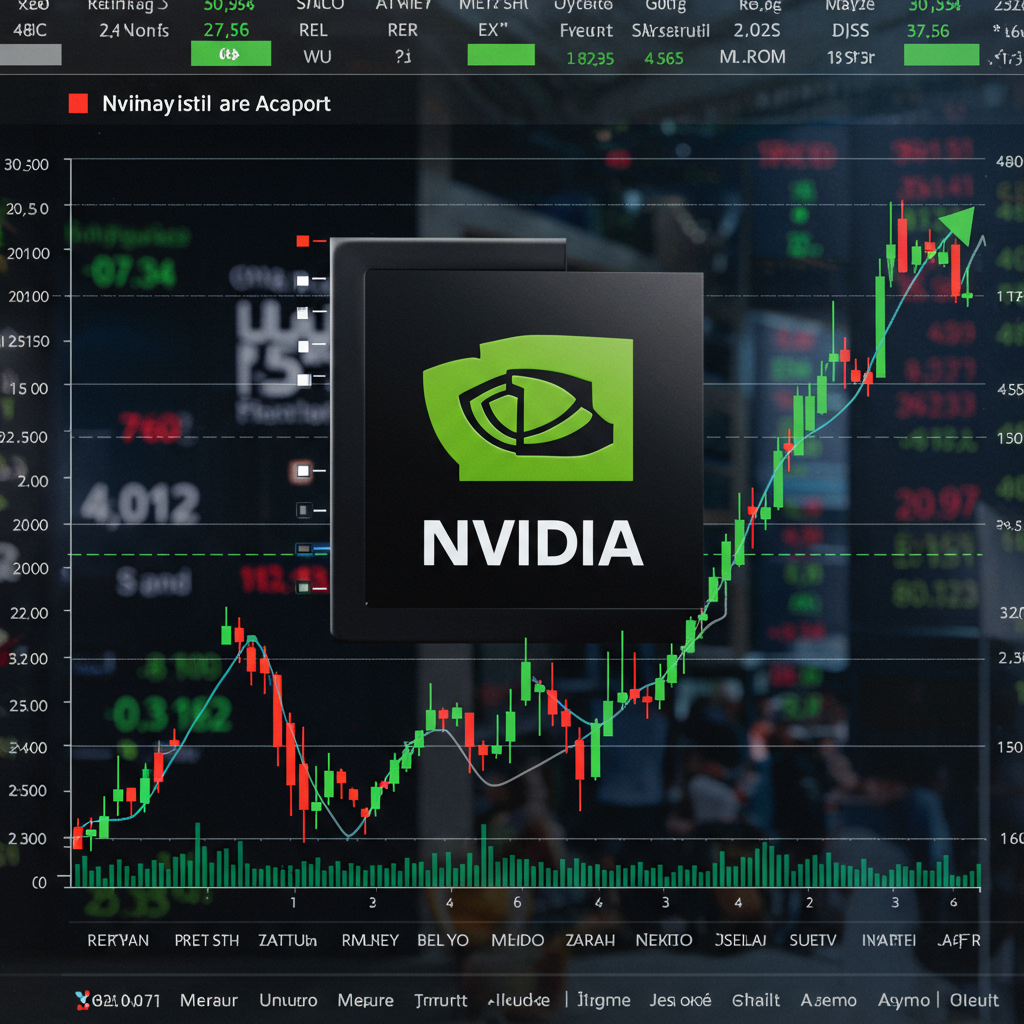Navigating the stock market requires understanding the forces shaping investor sentiment and asset prices. A recent week highlighted several critical catalysts, ranging from global energy policy to major consumer spending events and international trade tensions. Investors closely watched developments concerning OPEC, the influence of Amazon prime Day, and looming tariffs deadlines. these factors, alongside other economic indicators and corporate news, collectively painted a complex picture for market participants. Understanding the nuances of each event is crucial for making informed decisions in a dynamic environment. This analysis dives into the key drivers that defined trading during this specific period.
Global Oil Policy: The OPEC Factor
Decisions made by the Organization of the Petroleum Exporting Countries (OPEC), often in conjunction with its allies (collectively known as OPEC+), consistently send ripples through global energy markets. Crude oil prices are a fundamental input cost for many industries and significantly impact inflation expectations.
How OPEC Decisions Influence Markets
Meetings of OPEC and OPEC+ members are closely monitored for signals regarding production levels. An agreement to cut production typically aims to reduce supply, potentially pushing oil prices higher. Conversely, increasing production or failing to agree on cuts can signal a potential increase in supply, which could lead to lower prices. These price movements directly affect the profitability of oil and gas companies, influencing their stock valuations. Beyond the energy sector, changes in oil prices can impact transportation costs, manufacturing expenses, and consumer spending power, broadening their market effect. During the specific week in focus, anticipation or announcement of an OPEC decision was a primary concern for energy sector investors and economists tracking inflation trends.
E-commerce Giant’s Impact: Amazon Prime Day
Amazon Prime Day has become a significant fixture in the retail calendar, often serving as an early indicator of consumer spending health outside traditional holiday periods. This multi-day sales event generates billions in sales for Amazon.
Prime Day’s Ripple Effect on Retail
The success of Amazon Prime Day provides valuable insights into consumer willingness to spend and the strength of the e-commerce sector. Strong sales numbers for Amazon can boost confidence in the stock itself. Furthermore, the event often prompts competing retailers, both online and brick-and-mortar, to launch their own promotional events. This creates a wave of retail activity that can offer a snapshot of the broader retail landscape. Investors analyze Prime Day results not just for Amazon’s performance, but for clues about trends affecting other major retailers and consumer discretionary stocks. Weakness during this event could signal broader economic caution, while strong results might indicate resilience in consumer demand. Analyzing the categories that perform well can also highlight emerging trends in consumer preferences.
Trade Tensions and Tariffs Deadlines
International trade policy, particularly involving tariffs, has been a persistent source of market uncertainty in recent years. Deadlines related to imposing new tariffs or resolving existing trade disputes are major event risks.
The Market’s Reaction to Tariffs
Tariffs can increase costs for businesses that import goods, potentially impacting their profitability and consumer prices. They can also provoke retaliatory tariffs from affected countries, harming export-oriented industries. A looming deadline for new tariffs or a decision point in trade negotiations can cause significant volatility in stock markets. Sectors heavily involved in international trade, such as technology (supply chains), manufacturing, and agriculture, are particularly sensitive to these developments. Investor sentiment often hinges on whether a resolution seems likely or if an escalation appears imminent. During the week in question, a specific tariffs deadline likely created uncertainty, with market participants trying to assess the potential economic consequences of different outcomes, from a trade deal breakthrough to new protectionist measures.
Other Market Factors: Including “Big 12” Events
While OPEC, Prime Day, and tariffs were prominent drivers, stock markets are influenced by a multitude of factors each week. These include scheduled economic data releases (like inflation reports, jobs numbers, and manufacturing indices), corporate earnings reports, central bank commentary, and geopolitical events.
A Look at the Weekly Landscape
Often, the “Big 12” mentioned in market commentary refers to a specific set of twelve data points, companies, or sector groups being closely watched that week, though the exact composition can vary depending on the context or analyst. In this specific week, the “Big 12” likely represented another significant, albeit perhaps less universally impactful than the others, set of events or releases that contributed to the overall market narrative. It could have related to earnings from twelve major companies, twelve key economic indicators, or twelve specific sector reports. Alongside these, general market sentiment, bond market movements, and currency fluctuations also played roles in shaping daily trading sessions and weekly performance across major indices like the S&P 500, Dow Jones Industrial Average, and Nasdaq Composite. Understanding how these varied inputs interact is key to a holistic market analysis.
Combined Impact on Investor Sentiment
The convergence of multiple significant events within a single week can amplify market movements and shift investor sentiment rapidly. Uncertainty surrounding trade tariffs might make investors risk-averse, while strong Prime Day sales could boost optimism about the consumer economy.
Analyzing the Week’s Market Pulse
When an OPEC meeting outcome affects oil prices, potentially increasing energy stock values, simultaneously, the retail sector is reacting to e-commerce data. Meanwhile, companies with international supply chains are bracing for potential tariff impacts. This interplay creates a complex environment where different sectors react in divergent ways. Analyzing the overall performance of major indices, sector rotation, and the performance of bellwether stocks provides clues about which themes dominated investor focus throughout the week. Was it a week where growth stocks outperformed value stocks? Did defensive sectors gain favor over cyclicals? The answers lie in observing how investors collectively responded to the mixed signals presented by these diverse events.
Frequently Asked Questions
What were the main factors influencing the stock market this week?
The key drivers discussed included decisions from OPEC regarding oil production, the performance and impact of Amazon’s Prime Day sales event on the retail sector, and the potential consequences of a looming deadline related to international trade tariffs. These significant events created volatility and influenced investor sentiment across various sectors, alongside other standard economic data releases and corporate news.
How did these events affect specific stock market sectors?
OPEC decisions primarily impacted the energy sector, influencing stock prices of oil and gas companies. Amazon Prime Day results provided insights into the health of the e-commerce and broader retail sectors, affecting stocks of Amazon and its competitors. Tariff deadlines created uncertainty for sectors with international exposure, such as technology, manufacturing, and agriculture, due to potential impacts on costs and supply chains.
What are the potential future implications of these market events?
The outcomes of the OPEC meeting could signal future trends in oil prices and energy company profitability. Prime Day results offer an early read on consumer spending that may predict future retail performance. The resolution (or escalation) of tariff issues could have long-term effects on global trade dynamics, corporate strategies, and the valuation of multinational companies. Investors will continue to monitor these areas for ongoing impact.
Conclusion: A Week of Diverse Drivers
This particular stock market week served as a powerful reminder of how varied and interconnected global economic forces can be. From the fundamental impact of energy policy dictated by organizations like OPEC, through the evolving landscape of consumer behavior highlighted by events like Amazon Prime Day, to the significant geopolitical and economic implications of trade tariff deadlines, multiple critical data points converged. Each event carried the potential to shift market sentiment and influence investment decisions across different sectors. Successfully navigating such weeks requires investors to stay informed about a wide array of global developments and understand how they can translate into market opportunities or risks. Paying close attention to these diverse drivers is essential for adapting investment strategies to the ever-changing market climate.



